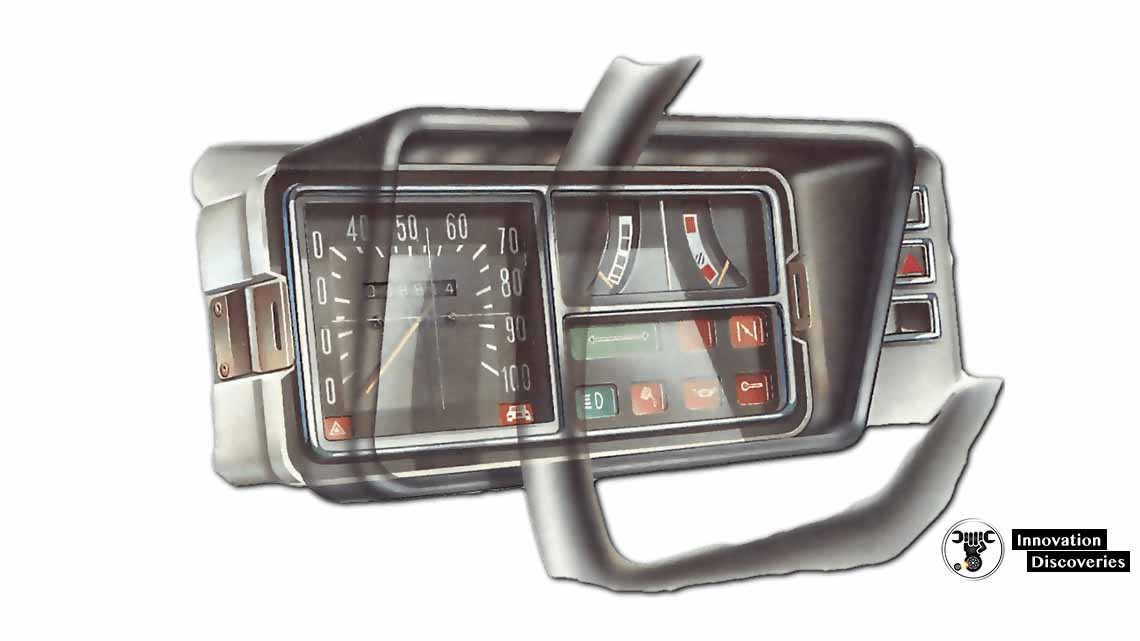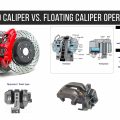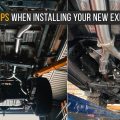A car usually has up to six main instruments speedometer and tachometer
(rev counter); fuel,
Oil-pressure and water-temperature gauges;
And voltmeter or ammeter
(depending on whether the car has an alternator or a dynamo). There may also be a battery-condition indicator,
Which is a form of voltmeter?
Clocks, radios and other accessories are usually beyond the scope of home repair,
But you can check their connections and remove them
If you have to take them for repair.
Always disconnect the battery before removing an instrument or the panel,
To avoid short circuits.
The back of the instrument panel
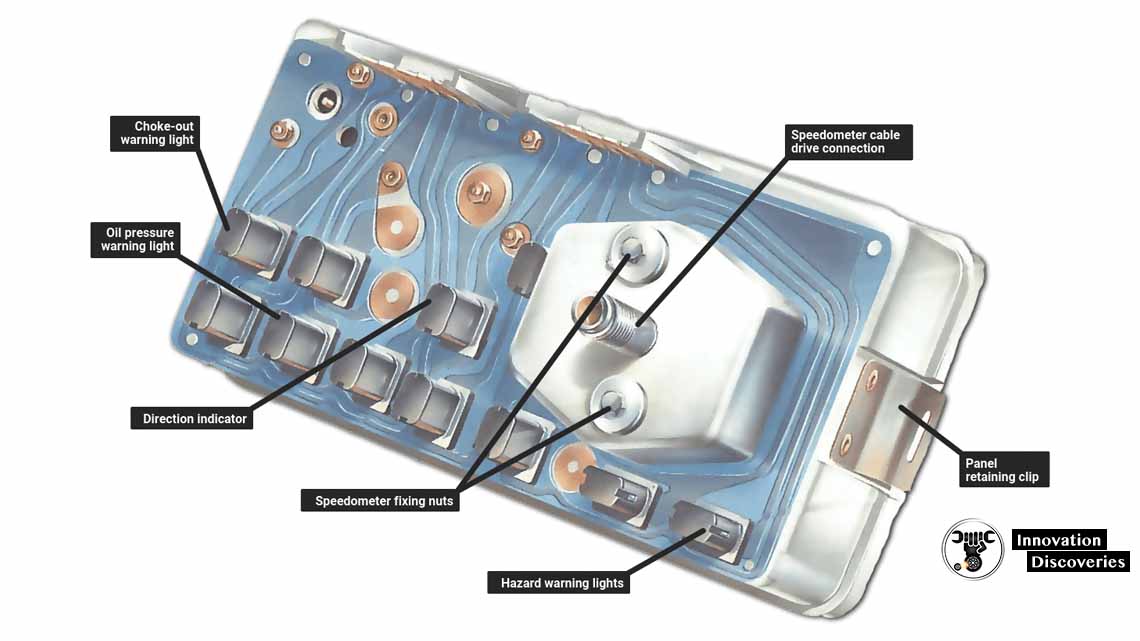
Replaceable printed-circuit board fixed on the back of the instrument panel. Bulbs for the warning lights fit into clips. Nuts or screws secure the speedometer and gauges.
Removing the instrument panel
An instrument can sometimes be taken out from the front after any clip-on plastic trim
Has been removed to reveal the screw heads around the edge.
On many cars,
All the instruments and warning lights come out together
On a panel with a printed circuit board on the back.
Earlier cars may have individual round instruments,
Each held by a U-shaped clamp fitter round the back of the instrument and
Pressing its front rim against the panel.
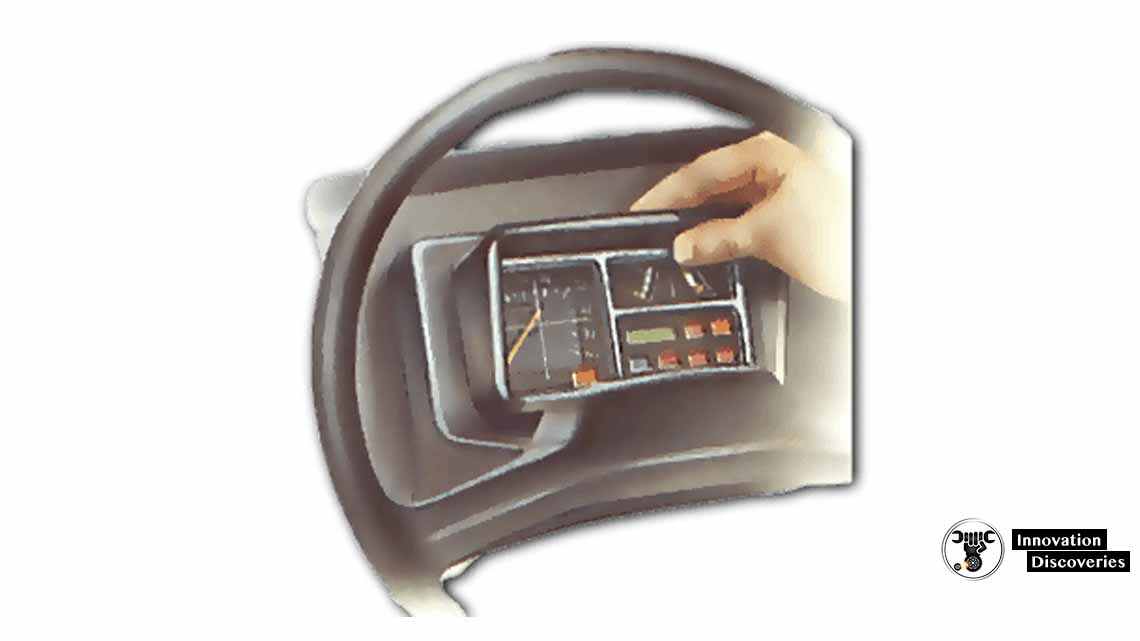
Then draw it out.
Serrated fasteners fitted to one or two studs in the
Back of the instrument hold TH clamp in place. Undo them by hand,
Feeling at the back of the panel;
Taking care not to cut your hand on sharp objects you cannot see.
Take care also not to strain wires or damage printed circuits and
Do not force anything apart or together when you replace instruments.
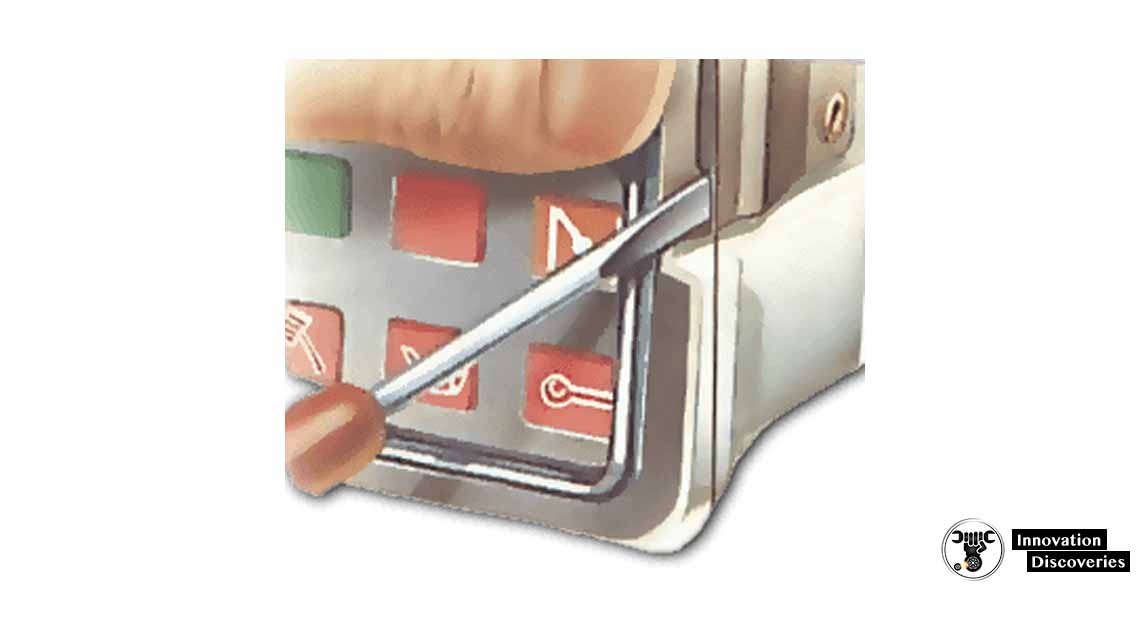
Panel lip out of the clip that holds it at each side.
On some cars, you have to remove a cowl or dismantle the steering-column
Shroud to remove the instrument panel. You may have to remove the whole dashboard panel,
Which can be a long and complicated job.
A service manual for your car will tell you where all the screws are,
And what the sequence is for doing the work.
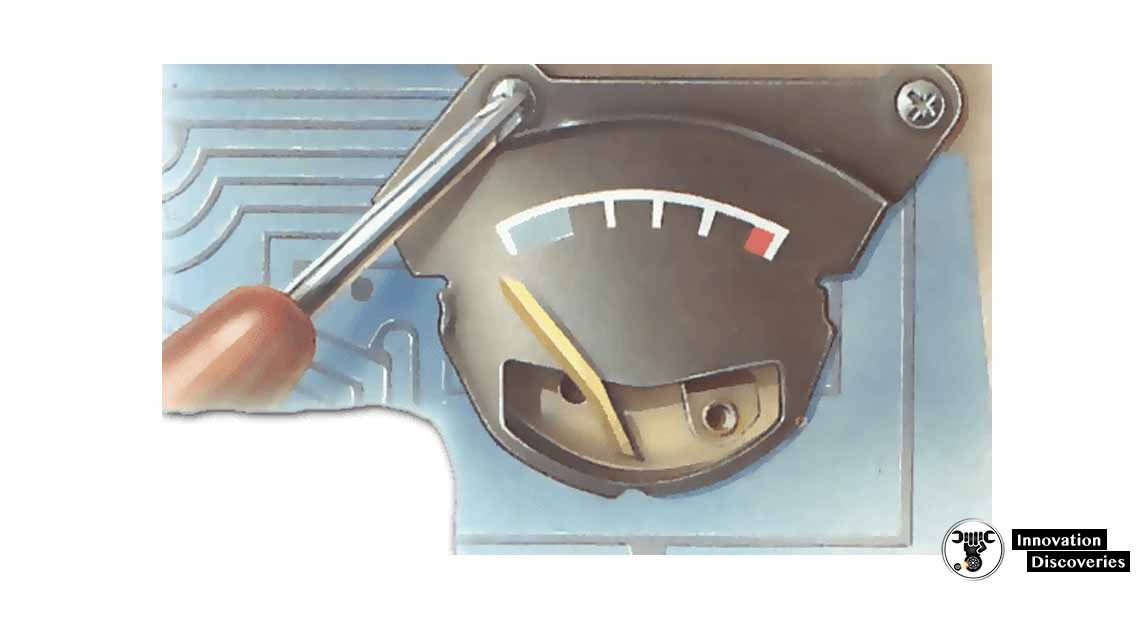
Also, read – Maintenance Tips


